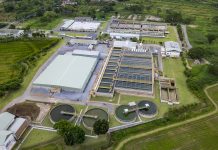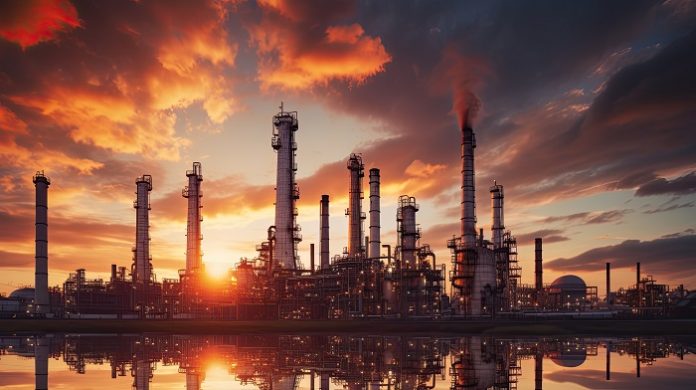According to a report by S&P Global Commodity Insights, India’s demand for petrochemicals is anticipated to grow by approximately 8% in 2024, outpacing the country’s economic growth rate of 6%-7.1% annually from 2024 to 2026. Despite the robust demand, domestic producers are experiencing margin pressures due to the suppressed prices of key bulk chemicals, which are driven by ample supplies and the emergence of new capacities.
Titled ‘Unravelling India’s Petrochemical Puzzle,’ the report underscores the significant rebound in India’s economic activity following the pandemic lockdown. The S&P Global India Services PMI Business Activity Index reached 58.4 in October, indicating expansionary conditions for output and new orders.
Polymer producers are expected to encounter challenges stemming from market oversupply despite strong demand. Notably, India’s imports of polyolefins, the largest segment of its petrochemical imports, surged in 2023, primarily from China. Between January and September, polypropylene imports increased by 39% year-on-year to 1.02 million metric tons, while polyethylene imports rose by 108% to 2.34 million metric tons, driven by demand from various sectors including packaging, infrastructure, durables, and automobiles.
The China Plus One strategy has prompted some Indian chemical producers to plan production increases in 2024, with a focus on domestic demand and export opportunities. However, the prevalence of cheaper Chinese imports of several petrochemicals, such as phenol, acetic acid, nitric acid, and aniline, continues to pose a concern for Indian producers.
As reported by ETEnergyworld.com, the implementation of mandatory Bureau of Indian Standards (BIS) certification in 2024 for imports of polyethylene (PE), polypropylene (PP), and other chemicals could aid in regulating imports and fostering local production. BIS norms were already put into effect for monoethylene glycol (MEG), purified terephthalic acid (PTA), and polyester fibers in 2023.































